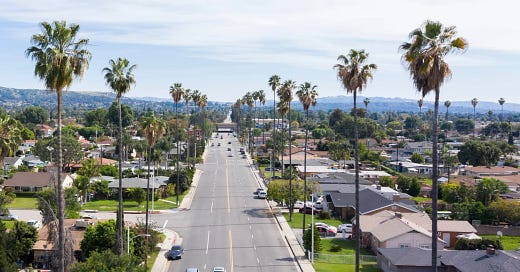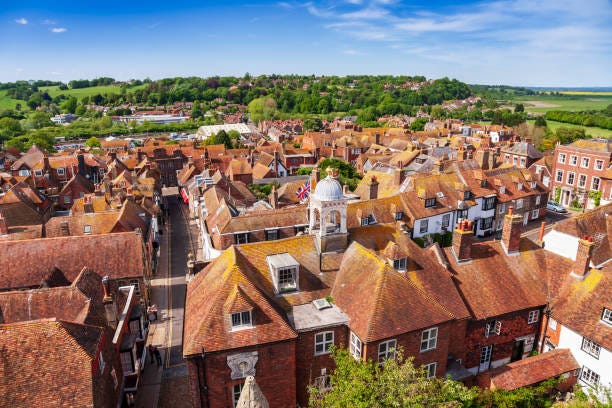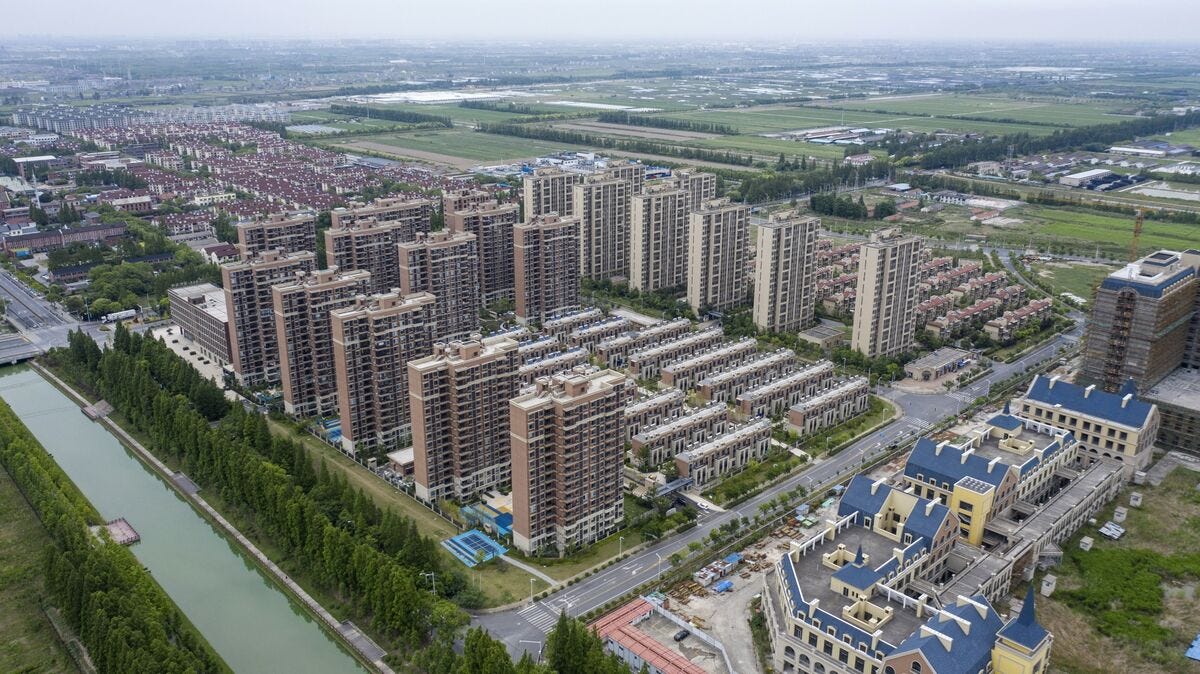Homeownership is seen as the ultimate desired end state by most Americans. It is prized by many other national populations as well, but not all nations find homeownership to be the pinnacle of aspiration. This essay will take a look at some countries to see how other people view homeownership and how it is subsidized if it is.
It is important to remember that in some countries, homes are a form of wealth creation or savings. In the United States, for example, much of our wealth is wrapped up in home equity. It is a relatively safe and stable instrument of savings, but it is not risk-free.
The United States
The defacto policy of the United States is to encourage home ownership, 66% of Americans own their own homes, and 74% believe that this is a sign of prosperity, above career, children, or college education. And the goal of homeownership is highly subsidized by the American tax system. A taxpayer can write off 100% of their interest payments on a home from their income – for homes below $750,000. That is a significant incentive to buy. Let’s take two properties that are condos (flats). They can sell for $300,000 or rent for $1,200 a month. For our purposes here, we will use a 4% rate, which is about the historical normal in the United States over the last few decades.
Furthermore, the gains people make when selling their principal house are tax-free for the first $250,000 or $500,000 for a couple.
Part of the reason that owning is preferred over renting is because the rental market is rarely regulated regarding rental details and costs. Most renters have a year-to-year lease or a month-to-month agreement. At the end of a lease or any time for non-lease holders, rent can be raised by any amount. We saw this in action in a heightened format around COVID-19. In a city like New York, with many renters, the rents fell as single people moved back home or out to a smaller city to work from home. After the impacts of Covid were over, rental prices rose from 15 – 125% in the year after COVID-19.
The United Kingdom
The residents of the UK also place a great value on owning their homes. Their tax system is different from the US, so the British government incentivizes residents a little differently. The UK is different in that it encourages first-time buyers with incentives. For example, there is a tax you must pay upon buying a house. This tax rate is 0 – 17%, graduated on the cost of the property, with a buyer paying no tax on properties worth less than UKP 125,000. For first-time owners, that amount rises to UKP 300,000. They also give a capital gains exception, albeit much lower than the US.
China
The Chinese experience is one of the things that drew me to this topic. The Economist (podcast) has an interesting take on China's current economic problems, specifically housing. In China, people save a lot of money. There are few ways to invest this; buying stocks is convoluted to impossible for ordinary people. Savings banks return very poor interest. The Chinese have always made money by purchasing a new home, often unbuilt. Once the homes are built, they have been worth more than they were purchased for.
But this “savings via home purchase” system depends on those homes getting built in the first place. That might be a problem.
The construction of new homes is financed by the money paid by people to buy them. It is not a Ponzi scheme because, eventually, people get the houses they purchased, but it can be a problem if a builder goes bankrupt.
And builders are going bankrupt, like Evergreen Group, or may be about to, like Country Garden. The builders are very overleveraged (i.e. own a lot of money with very little capital on hand) and are finding it difficult to pay their bills. This is because of a dual problem with the slowdown of growth in China and the economic hit of COVID-19. With one firm, Evergreen, the state let the builder go into bankruptcy, wiping out quite a bit of ordinary citizens’ savings they had invested in housing. A much bigger builder - - has missed bank payments and is teetering on bankruptcy.
The images of massive blocks of apartments are the image of this builder, one of the biggest in the country.
Germany, Austria, and Switzerland
These German-speaking countries have lower homeownership numbers than other developed countries. There are a few reasons. First, in terms of culture, home ownership is not a sign of success. Second, there are reasonable rents in these countries. People enjoy the ability to move easily.
Several laws protect renters, and most properties are well-maintained and reasonably priced, so there are few economic reasons to purchase. Unlike the US and the UK, there are no large incentives for home ownership. Unlike China, there are a variety of other methods to invest income.
Finally, their social safety nets ensure that even low-income families can rent affordable and safe housing with the government's support.
Brazil
Brazil is an interesting case in looking at land and housing. Brazilian culture and laws support homeownership over renting, and 74% of Brazilians own their own home. But on the other side of that ownership, there are few affordable homes or rents in the largest cities (Sao Paulo and Rio de Janeiro). The lack of affordable housing has led to the building of “favelas.” Favelas are homes built on property deemed unbuildable – normally hills with a 30% or steeper slope or the top 20% of a mountain. Although these are illegal lands to build on, Brazil has an “acquired right” law that says when the government doesn’t stop the building of homes for 15 years, the people on the land acquire the right to possess and live on the land. The land may be legally owned by the government, but they cannot expel the people who live there.
The 2008 Housing Crisis | How it changed housing markets
The US housing crisis in 2008 hit the world markets. There is a long list of why houses were overpriced and how the crash in prices nearly broke much of the world’s financial institutions.
In short, mortgage lenders began to approve loans with very little to no money down and locked in at low mortgage rates. Many of these loans were approved with little oversight of the creditworthiness of the borrowers. Then these different mortgages were bundled and repackaged as excellent investments. Once a few of these packages started to have problems with returns because some of the borrowers went bankrupt, the banks started calling in the loans from the repackagers. The financial bundlers couldn’t always understand what got bundled where and repayment was impossible. The banks stopped making loans, which dried up the housing market.
That led to a fall in home prices, which were assumed to be a growing asset. As homeowners found their mortgage was now more than the house was worth, some walked away, and prices cratered. This left banks holding loans that were not being paid back on one side and those banks that purchased the bundled “guaranteed” assets from the troubled banks.
It was a self-reinforcing situation that led to a breakdown in the housing market and the crash of many banks.
One aside from me: There was a lot of wailing and gnashing of teeth when borrowers could not fully repay their loans. They were called lazy and cheap, even if they lost their jobs. But home lending is a two-way street. A lender promises money, and you put up your new home as collateral. If you fail to pay your mortgage, the bank gets your house. If you walk away, the bank is holding the bag, BUT they had supposedly done their diligence and only loaned what the house should be worth. Therefore, having to foreclose should leave the bank no worse than if they never loaned the money at all. They now have your collateral. It turned out that in 2008 banks had been loaning money without taking the possibility of default into account. It broke many of them and the financial system for a while. Ultimately the government bailed out those banks that were in serious trouble, leaving the home owners to fail.
Home Trends
In the United States, the “idea” of home ownership is usually associated with a standalone or row house with its own backyard and garage. The larger the home, the better (like SUVs, but with housing). It is this style that drives suburban growth in the US. It is also one of the most energy-wasteful ways to house people, and it is expanding throughout the world.
We do know how to make these free-standing homes energy-independent and, in fact, create energy from solar. For non-solar homes, passive or heat pump1 technology can reduce the energy demands.
The future of housing may not be in cubicles, but it will be in denser housing. From high-rises to in-law units, housing will go through many options before landing on a single solution. Different US cities are investigating various solutions. But in most advanced countries, there is a tremendous amount of “nimby” ism. This is the idea that people, normally middle or high-income neighborhoods, fight against both less expensive and more dense building codes in the neighborhoods. They may support and love the idea of more housing but believe it will drive down their invested value.
In the US, individual states are leading the way in making these homes more energy-independent.
The Future
In nearly all science fiction and futurism, living spaces are shown as cramped, often capsule housing. This promotes the idea that future accommodations will be less like our current situations and more like a dystopian version of high-rise condos. This is definitely the case in cities that are densely populated, like Beijing, Singapore, and New York.
But the security of having a home will continue to drive many people, particularly in high-income countries, to strive to own their own home. The dream of a white picket fence and a yard will continue for most Americans.
Heat pumps are the low-impact way to heat or cool a home. A home uses the steady temperature of below ground to heat or cool the home as needed. It does require a home with its own land underneath it. So it would be much less efficient in a block of apartments or flats.






